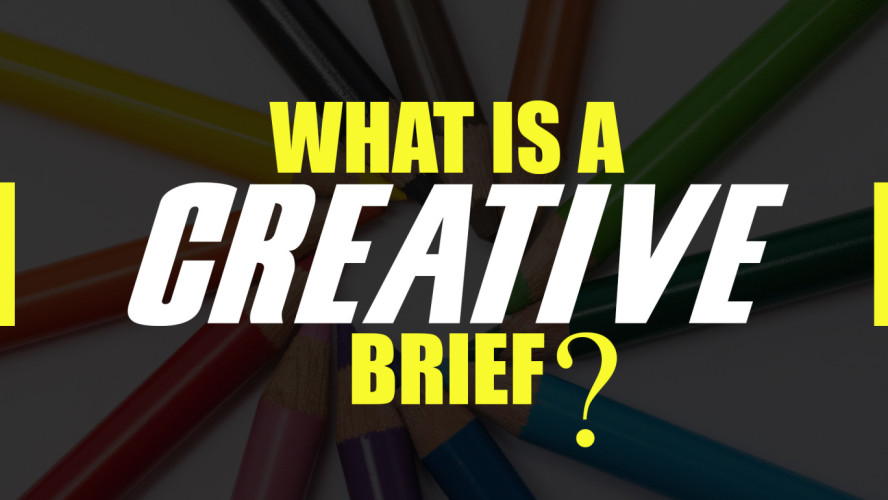A creative brief is a short, composed archive utilized by project managers and imaginative experts to control the improvement of inventive materials (e.g. dramatization, film, visual plan, storyboard, promotions, sites, trademarks) to be used as a part of correspondence crusades. Normally, it is close to two-pages long, sets the heading, characterizes the audience(s), concentrates on the key message and demonstrates the coveted outcomes for an SBCC (Social and Behavior Change Communication) campaigns. It is basically a guide post for creative deliverables. It is used for pitching ideas and campaigns to a client in a more sophisticated manner.
Benefits
- It helps to clarify the project’s goals and objectives.
- It provides a very good and concise historical record of the thinking behind the products produced for a campaign.
- It helps to maintain a folder for quick reference.
- It solves the problems and helps you address several areas of concern
How is a creative brief related to customer experience design?
- Communication design incorporates a mix of methodologies and gives different chances to introduce yourself or your products/services through a predictable subject that stitches all the creative efforts together.
- Demographic data is measurable information (e.g. age, sex, training level, pay level, geographic area) of a population and particular sub-groups of that populace.
- Priority audience is the gathering of targeted individuals for the planned campaign as per the creative brief. They might be the general population who are straight forwardly influenced by the well being or social issue or who are in the risk of accepting new things, for example, a car owner who is scared of trying an SUV after using a sedan for a decade.
- Psychographics are the traits that portray identity, states of mind, convictions, qualities, feelings, and conclusions.
- Social norms are basically the measures of practices shared by individuals from a social gathering.
WHAT SHOULD AN IDEAL CREATIVE BRIEF INCLUDE?
A 1 year or 2 years brand strategy showcasing the long-term vision of the campaign; this can also be presented in the form of a road map. The brief idea communicated should sit well in this long-term planning with respect to the vision of the brand. Furthermore, it should also have your brand history in the form of supporting documents along with the URLs of the past work done and what results you were able to achieve.
The vision document presented along with the creative brief must focus on the execution strategy which is created using the reference documents, images and web pages suggested by the client.
Decoding the Tone & Style of Pitching
The most important aspect of pitching a creative brief is to understand what tone of communication is preferred by the client and how to craft that pitch accordingly. For doing so, you need to identify buyer persona and make your decisions based on it. This can be achieved by presenting a KYC form, email form or a physical form as a survey. The more you analyze during an interview, the more you are likely to succeed with your creative brief, it is all about understanding the customer’s tonality.
Highlighting the product USP
The Unique Selling Proposition (USP), when presented carefully, will tell your client what’s special about your offerings and how it is different from others. This will not only make the brief iterative and collaborative but as the questions will pop up in the clients’ mind, you will be able to answer them with more ease.
Likes & Dislikes of the client and Underlining the business objectives
Clients always face trouble in expressing their likes and dislikes when it comes to audios and videos, especially when they are not inclined towards digital marketing. Presenting a creative brief by giving examples of each type will let the client browse through different galleries and he will be able to pick the best examples of his choice. In the process, you will be able to pin down his likes and dislikes and meanwhile work further on identifying his persona.
Last but not the least, Budget!
Now since everything is in place, you are aware of your client’s demands, based on which you can put forward a tentative costing for the campaign. Now based on his budget you can add or subtract and ask for deadlines and definite milestones thereafter.
Once you have a concise creative brief approved by the client, it’s time to brief the creative team and clear all the possible grey areas. For a successful creative brief, which will sure shot get along with the customer journey map, contact us and we will implement our best-in-class strategies to prepare a well-thought-out plan for your business growth.





















